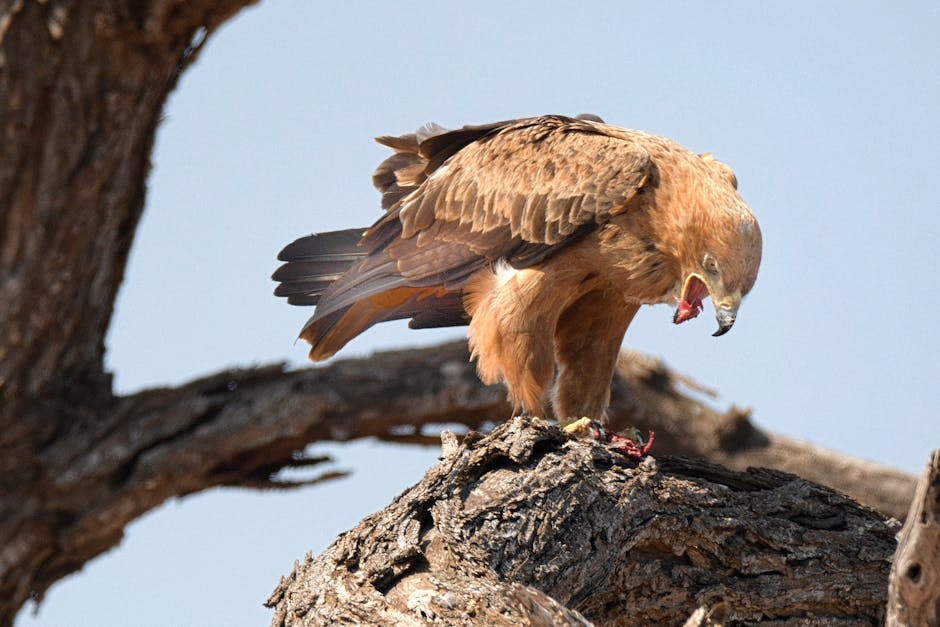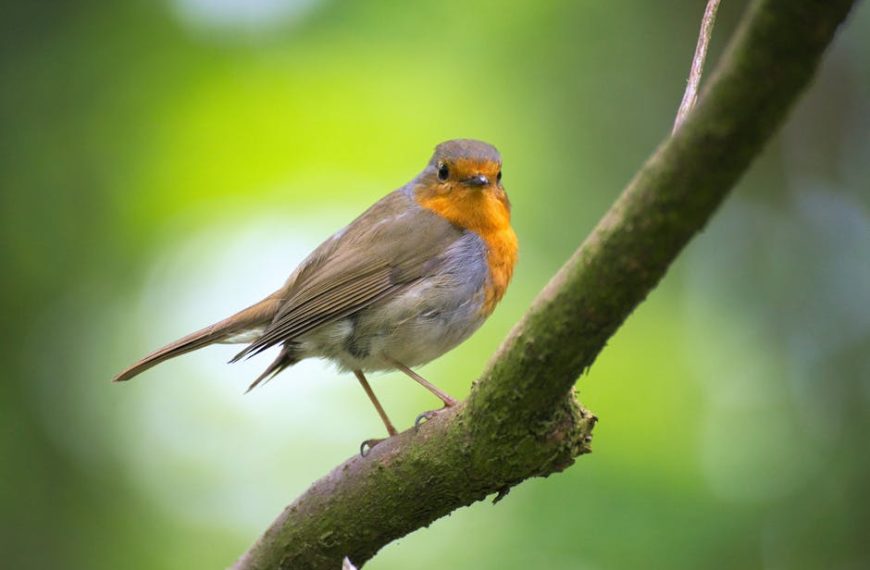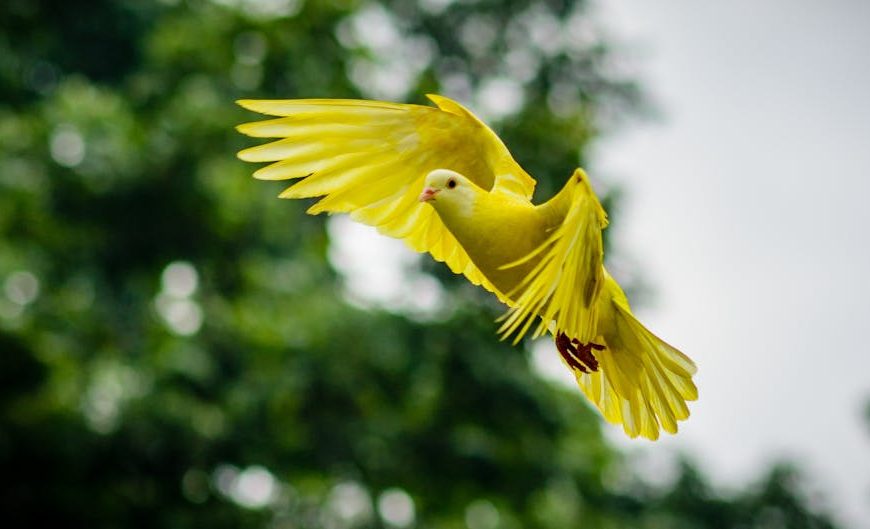Native American cultures are renowned for their profound spiritual connection with nature, particularly animals and birds. The symbolism of birds in these cultures isn’t merely ornamental; it’s deeply rooted in their traditions, rites, and way of life. Notably, the eagle and the raven are revered and feature prominently in legends and ceremonies.
The eagle, often portrayed soaring high above mountains and plains, is seen as a spiritual conduit, mediating between the earthly and the divine. Representing freedom, courage, and resilience, the eagle serves as a powerful symbol of aspiration and elevated vision.
The raven, with its glossy black plumage and eerily human-like intelligence, is credited with some significant feats in Native American lore, including creating the world. The raven symbolizes creation, transformation, and knowledge – vital principles that guide many Native American cultures.
Pro tip: Delving into a culture’s belief systems, storytelling traditions, and symbolic practices can offer unique insights into their values, worldview, and spirituality. It’s a worthwhile endeavor whether you’re a researcher, traveler, or someone simply interested in cross-cultural understanding.
The Phoenix: An Iconic Symbol in Greek Mythology and Eastern Cultures
Appearing in Greek mythology and Eastern cultures alike, the mythical Phoenix is a vibrant testament to the cross-cultural appeal of bird symbolism. Known for its fiery rebirth, the Phoenix signifies renewal and regeneration. Such symbolism amply demonstrates our human fascination with cyclicality and the transformative power of life.
In Greek mythology, the Phoenix represents the cycle of death, rebirth, and eternal life. It embodies the belief in resilience, renewal, and the triumph of life over death – an idea deeply ingrained in many mythologies and religious systems.
Eastern cultures, while also venerating the Phoenix’s rejuvenating power, tend to emphasize its grace, virtue, and harmony. This divergence underlines how even shared symbols can bear subtle variations in meaning, reflecting the unique sensibilities and values of each culture.
Best practices for understanding bird symbolism:
- Extensive research: Go beyond surface-level meanings and delve into cultural texts, artifacts, and scholarly works to uncover deeper symbolic significance.
- Interpretive insight: Draw upon your understanding of the culture’s history, values, and worldview to make sense of their symbolism. Remember, symbolism is seldom literal or isolated; it’s nuanced, interconnected, and often metaphorical.
- Cultural context: Always consider the larger cultural narrative. Understanding how a bird symbol aligns with or contradicts other cultural symbols can lead to richer, more complex interpretations.
Birds in Christian and Biblical Symbolism
Christianity, with its rich symbolic lexicon, often uses birds to illustrate and elucidate spiritual concepts. Most notably, the dove and the sparrow hold significant symbolic value in biblical narratives and Christian beliefs.
The dove, with its sense of calm, purity, and grace, has been adopted as the emblem of the Holy Spirit. It also denotes peace, a theme echoed in the popular image of a dove carrying an olive branch.
The humble sparrow, meanwhile, is cited in the Bible as a symbol of God’s benevolence and care. Despite its apparent insignificance, the sparrow asserts that every creature, however small, is under divine care and part of the grand cosmic design.
Pro tip: When examining symbolism in religious texts, keep in mind the historical context, original language, and the specific circumstances of the narrative. Religious symbolism can be multilayered and variant, demanding careful study and interpretation.
Cranes and Crows: A Study of Symbolism in Japanese Culture
Japanese culture, an intricate tapestry of Shinto, Buddhist, and contemporary influences, offers a rich field for the study of bird symbolism. Of particular note are the crane and the crow.
Representing good fortune, longevity, and fidelity, cranes occupy a special place in Japanese culture. Their graceful endurance is celebrated in art, literature, and even the traditional paper-folding art of origami.
Crows, despite their often negative portrayal in many cultures, are seen as divine messengers in Japanese folklore, injecting an element of mystery and reverence into the narrative.
Pros and Cons of Symbolic Interpretation:












